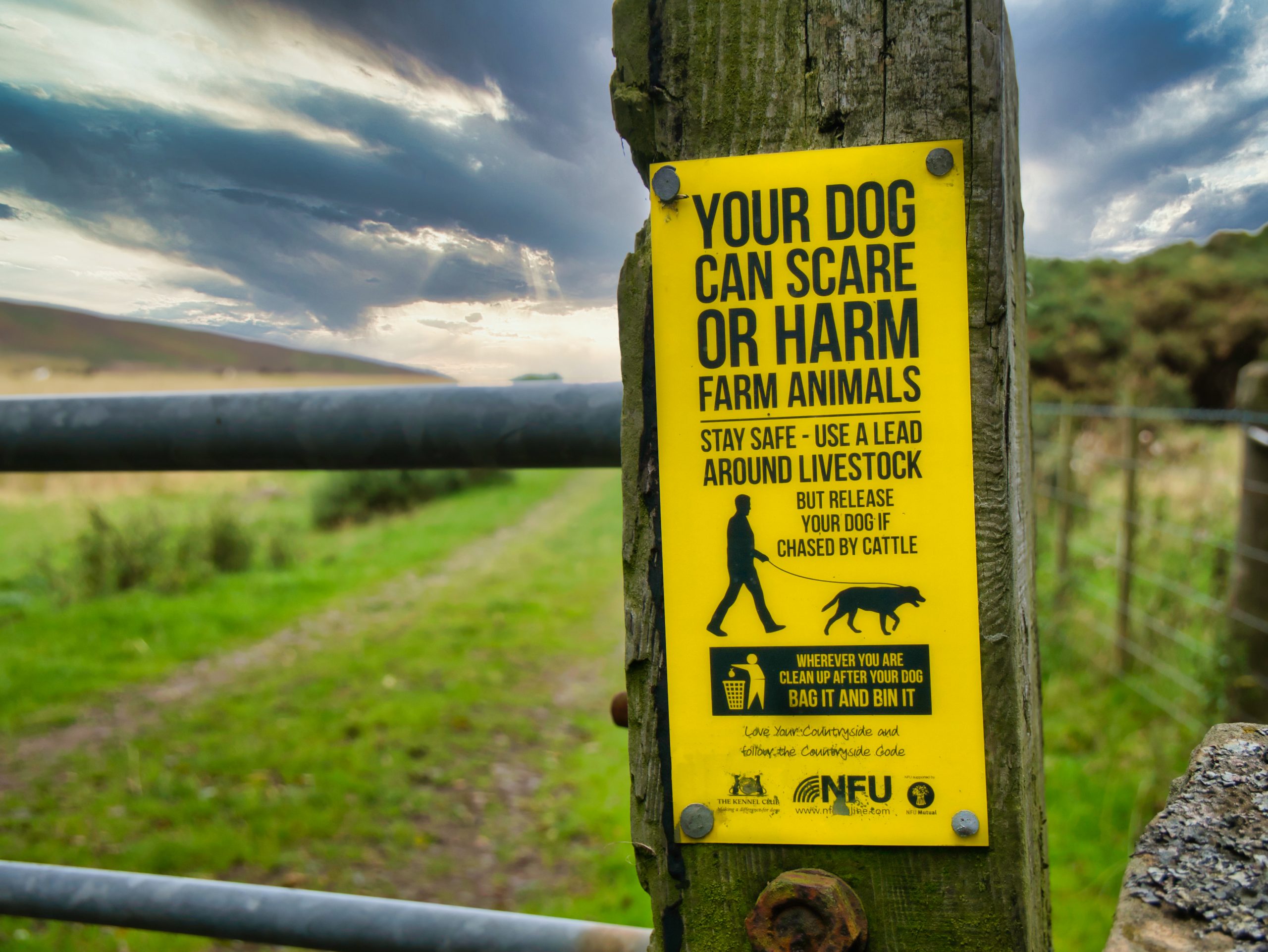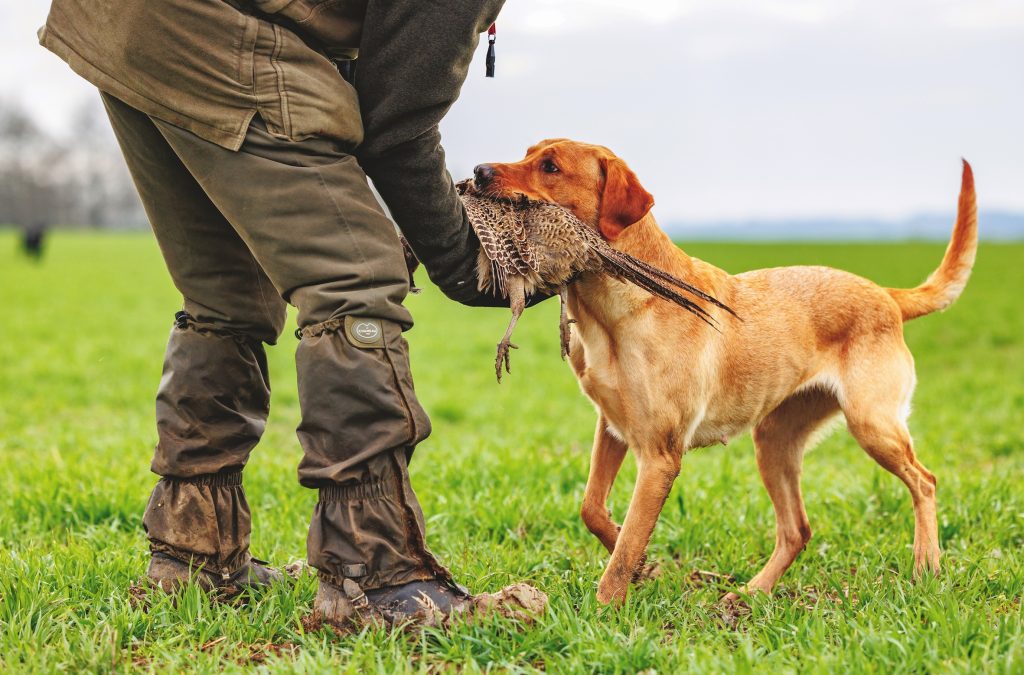A-Z of gundog health: B is for…

From blood disorders and bandaging tips to deadly tick-borne diseases, Vicky continues our education in the A-Z of gundog health
BABESIOSIS
Caused by the tick-borne parasite Babesia canis, this infection has been a concern only if dogs travelled to Europe, but in 2016, cases of dogs that had never left the UK were seen in Essex and Hertfordshire. Babesia is carried by Dermacentor reticulatus ticks which are now feared to be spreading in the UK.
Babesiosis can cause fever, pale mucous membrane, anorexia, lethargy, anaemia, jaundice, and enlarged lymph nodes and spleen. Sometimes, dark urine is noticed as it contains broken down blood cells. Babesiosis is diagnosed by blood smears and blood tests but drugs for treating the disease are not licenced for dogs in the UK so infection can be fatal.
Infection can be avoided by using an appropriate tick-preventative spot-on cream, collar or tablet treatments – and check and remove ticks every day. Some veterinary practices collect ticks and send them away for identification so the spread of ‘exotic’ ticks can be monitored.
BANDAGING
Keeping a small stock of bandaging materials in your car, home and pocket is a great idea as working gundogs are prone to getting themselves into scrapes. How to bandage a leg was covered in our First Aid series [read it at bit.ly/2EtxgIu] but you may find it useful to attend a practical first aid course to hone your skills.
If your vet applies a bandage, follow their instructions carefully. Check twice a day for wetness, hot or cold spots, pain, swelling, or rubbing and contact your vet immediately if you are at all concerned.
BLADDER CRYSTALS AND STONES
Bladder stones can occur in any dog, but some breeds are more at risk than others. Thankfully, none of the gundog breeds are considered high-risk, but it is worth knowing what to look out for. With crystals, you might notice your dog urinating more frequently than normal, and the urine might be tinged with blood. If your dog is having urinary problems, try to catch a sample which your vet can test to determine if antibiotics are needed or if there might be an underlying cause such as bladder crystals.
With stones, your dog may urinate more frequently, be reluctant to jump or to be picked up, or may strain to urinate but not produce anything. If the stones block the flow of urine, it is an emergency and the stones must be removed before severe kidney damage occurs. Smaller stones and crystals can be managed with special diets and plenty of water. Reduce the risk of urinary problems by ensuring your dog always has access to water and is let out of the kennel or your vehicle regularly to urinate.
BLEEDING DISORDERS
Although bleeding from wounds, especially ear tips and tails, can look dramatic, clotting will occur quickly in most dogs and bleeding is easy to control with bandaging or pressure.
Unfortunately, clotting can be affected in several diseases. Haemophilia is found in several gundog breeds including German shorthaired and wirehaired pointers which can suffer from von Willebrand’s disease. Dogs should be screened for the genetic mutation before breeding.
Lungworm is an increasing cause of bleeding problems in dogs and monthly preventative treatment is recommended in high-risk areas (consult your vet about the local risk level). Kennelled dogs may be at particular risk as there is a higher chance of their water and food bowls being contaminated by slugs and snails.
Autoimmune thrombocytopaenia can also result in excessive bleeding and bruising of the gums and skin as the dog doesn’t have enough platelets to form clots. Spaniels seem at higher risk from autoimmune disease than other breeds, but if caught early most cases can be controlled with steroids.
(To see the first instalment and the diseases and illnesses you should be aware of beginning with A, click here!)





